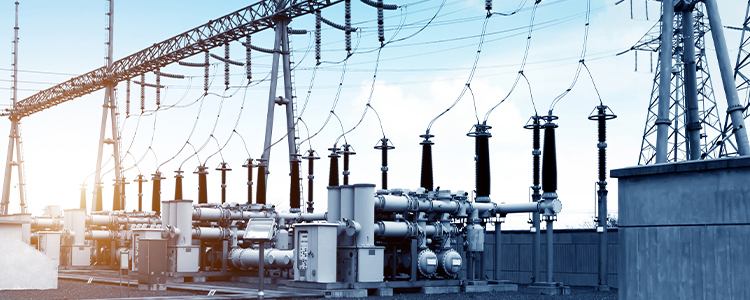- All
- Product Name
- Product Keyword
- Product Model
- Product Summary
- Product Description
- Multi Field Search


Views: 0 Author: Site Editor Publish Time: 2024-09-02 Origin: Site
Power transformers are critical components of a power system, allowing electricity to be transmitted over long distances. In this article, we’ll explore the role of transformer substations in the power grid and how they ensure the safe and reliable delivery of electricity to homes and businesses.
A transformer substation is a facility that houses electrical equipment for the purpose of voltage transformation, switching, and distribution. It is typically located at the intersection of high-voltage transmission lines and lower-voltage distribution lines.
The primary function of a transformer substation is to step down the high voltage of the transmission lines to a lower voltage that can be safely used by consumers. This is done using one or more power transformers, which are designed to convert electrical energy from one voltage level to another.
In addition to power transformers, transformer substations typically include other electrical equipment such as circuit breakers, switches, busbars, and protective relays. These components work together to ensure the safe and reliable operation of the power system.
Transformer substations may also include control and monitoring systems, which allow operators to monitor the status of the equipment and make adjustments as needed. These systems may be manually operated or automated using advanced digital technologies.
There are several different types of transformer substations, each designed for a specific application. Transmission substations are located along the transmission network and are used to step down the voltage of high-voltage transmission lines. Distribution substations are located closer to the end user and are used to step down the voltage of the electricity that is delivered to homes and businesses.
In addition to these types of substations, there are also specialized substations such as switching substations, converter substations, and interconnection substations. Each of these substations has a specific function and is designed to meet the unique requirements of the power system.
Transformer substations play a critical role in the power grid by ensuring the safe and reliable delivery of electricity to homes and businesses. They are designed to handle large amounts of electrical energy and are equipped with safety features such as circuit breakers and protective relays to prevent damage to the equipment and the power system.
Transformer substations also help to maintain the stability of the power system by regulating the voltage and frequency of the electricity that is delivered to the end user. This is important because fluctuations in voltage and frequency can cause damage to electrical equipment and disrupt the operation of the power system.
Transformer substations are a critical component of the power grid, playing a vital role in the safe and reliable delivery of electricity to homes and businesses. They are designed to handle large amounts of electrical energy and are equipped with safety features to prevent damage to the equipment and the power system.
Transformer substations also help to maintain the stability of the power system by regulating the voltage and frequency of the electricity that is delivered to the end user. As the demand for electricity continues to grow, the role of transformer substations in the power grid will become even more important.
content is empty!